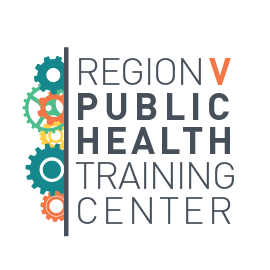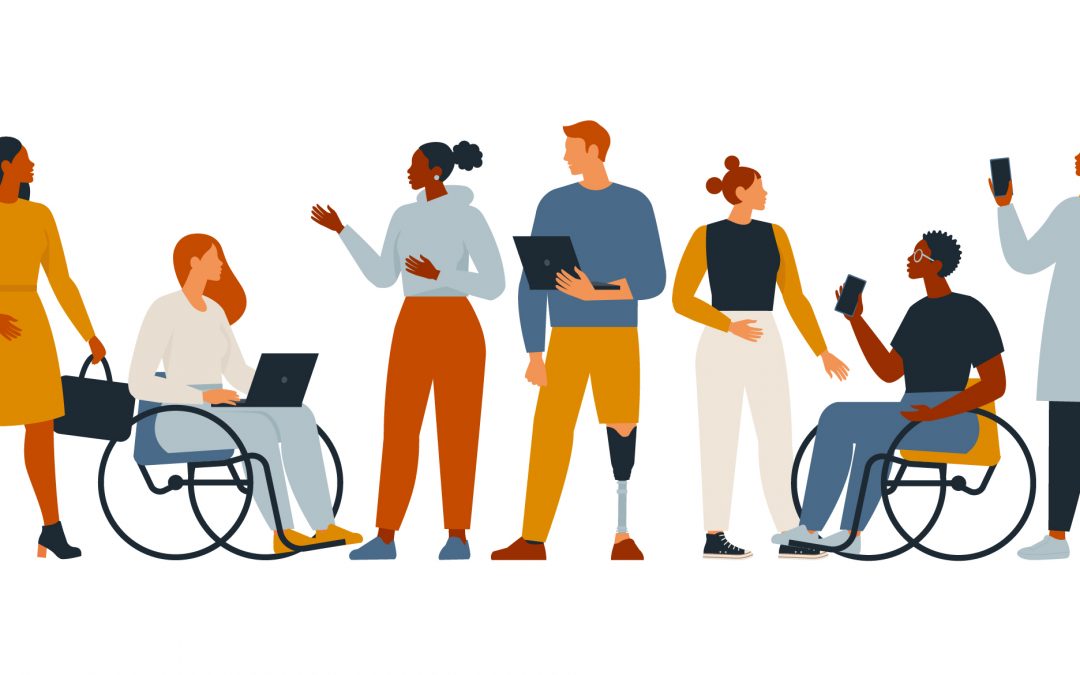By Amanda Zabala, MPH and Robert Hakes, MPH, Columbus Public Health
In public health, we often refer to points of prevention occurring on a proverbial stream: “downstream” refers to the identification and treatment of health problems after they’ve developed, and “upstream” refers to the prevention of health problems before they even occur. For many local health departments, providing direct care, dispensing vaccines, and administering health-promoting programs are some of the things we do best. But addressing the underlying systems influencing the social, economic, and environmental conditions affecting people’s health can be a challenge.
Columbus Public Health (CPH) is protecting health and improving lives as the local public health agency for the City of Columbus, Ohio, the nation’s 14th largest city. Established in 1904, the department serves more than 900,000 city residents and visitors and is charged with assuring the conditions in which people can be healthy. Prior to the COVID-19 pandemic, CPH had limited capacity for public health advocacy; of the department’s more than 540 full- and part-time staff, there was just one person dedicated to forming and executing a robust policy agenda. In 2020, all of that changed.
That year, the City of Columbus declared racism a public health crisis, and CPH’s Health Commissioner founded the Center for Public Health Innovation (hereby referred to as the “Center”). In it, three sections were formed to collaboratively work toward health equity promotion and to dismantle the systems of oppression plaguing our residents’ health: (1) Community Engagement & Participatory Planning (CEPP), (2) Capacity Building & Education (CBE), and (3) Policy, Research & Evaluation (PRE).
- CEPP serves as the community’s point of entry to the health department. This team promotes the flow of information into and out of CPH and builds community trust by being present among and elevating community voices. With representative liaisons to Columbus’ most populous minority communities on staff, this team ensures that our Black/African American, Somali, West African, Hispanic/Latinx, Nepali/Bhutanese, Asian American/Pacific Islander, and LGBTQ+ residents have a seat at the table and that their voices are incorporated into department decision making.
- CBE serves as the department’s community builder. With expertise in health equity promotion through training and technical assistance, this team builds on the relationships established by CEPP and provides capacity-building services to both internal and external entities to bring forth awareness of health inequities and to support community self-sustainment.
- PRE serves as the community’s “upstream” advocate. This team of policy analysts with subject matter expertise in the areas of Access to Care, Built Environment, Food Access, Maternal & Child Health, and Mental Health & Substance Use addresses systemic barriers to optimal health through policy research, advocacy, and the production of solutions-focused recommendations.
Collaboration: An Avenue for Advocacy
If you’ve worked in public health for any length of time you may wonder how a center like this actually functions as an avenue for advocacy. How do we avoid working in silos, you ask? Well, each team plays a role in every project the Center takes on. Here’s an example:
In 2021, CPH’s Environmental Health Specialists (EHS) approached the Center with concerns that minority-owned and operated food businesses were receiving more inspection violations and losing their operating licenses more often than their White counterparts. To mitigate this concern, EHS proposed the implementation of a mentorship program for minority-owned and operated businesses to 1) present them with food safety education in plain language; 2) answer any questions they may have about service operations or practices; and 3) provide them face-to-face visits outside of inspections. At first glance, this idea sounds like a promising way to mitigate the observed disparities. But establishing a program for the community without their input had the potential to be ill-received and exacerbate any existing feelings of mistrust the community has for local government.
So, the Center initiated a Racial Equity Impact Assessment to systematically examine the ways minority-owned and operated food businesses would be affected by such a program and to garner their buy-in. CBE and PRE staff co-created an assessment tool for use during key informant interviews and together led recruitment and engagement efforts with representative food establishments. After the assessment was complete, recommendations from the engaged businesses not only helped to form the mentorship program, but also gave the health department tangible steps to improve institutional practices, the food inspection process, and food safety education options. CEPP staff ultimately became EHS’ “cultural brokers” and have helped facilitate ongoing, trusting relationships between EHS and local minority food establishment owners and operators.
As evidenced by that example, changing institutional policies and practices based on actual community input is certainly one way to advance health equity. But local, state, and national policy change is needed to remedy the longstanding systemic issues influencing the conditions in which people live. The question is: How can local health departments do this? It starts with staffing. Expanding from one policy liaison to a team of six through the creation of the Center has broadened CPH’s capacity for public health advocacy. When an issue in the community is elevated by one or more of the other teams, PRE staff collectively initiate a comparative analysis process to examine what cities comparable to Columbus (in terms of size, demographics, political composition, etc.) have done to solve it. By comparing similar and different strategies in other jurisdictions, the PRE team is able to produce well-structured, succinct recommendations to remedy the issue locally. These recommendations include information about what should be done and why, which entities should own or be accountable for specific actions, and most importantly, suggested steps for implementation. Recommendations are then shared with health department leadership for actualization.
Evidence of Effectiveness
How do you know that this process actually works? We’re glad you asked. In February 2022, Columbus Mayor Andrew Ginther declared gun violence a public health crisis following significant increases in homicides in 2020 and 2021. With this declaration, the city held press conferences, hearings, and community forums to identify what the problems were, describe what the city was already doing to address them, and to determine what other action was needed. Armed with this information and knowledge that other cities were also grappling with increases in violence, the Center’s PRE team conducted a comparative analysis on the topic. Efforts to reduce and prevent violence by peer cities across the country were reviewed and common themes were identified. Strategies the City of Columbus could implement to improve and more effectively coordinate Columbus’ efforts were presented to health department leadership and the mayor, the main recommendation being the creation of an Office of Violence Prevention. Based on PRE’s analysis and inclusion of practical steps for strategy implementation in its presentation (e.g., funding, staffing, partnerships, etc.), the mayor announced in November 2022 that an Office of Violence Prevention would indeed be created.
Through this collaborative model for community engagement and capacity building, in addition to policy research and recommendations development, the Center has also successfully advocated for a city-wide flavored tobacco ban and allocation of funds for a mental health access campaign – all within one year of being established. While there is no handbook to immediately redress the 400 years of oppression influencing the health of our communities as a whole and communities of color specifically, this model provides an avenue for public health advocacy for health departments of any size to change systems to protect the health and improve the lives of all of its residents.
To learn more, check out these resources:
- “Policy Surveillance and Legal Epidemiology: Tools for Public Health Advocacy” podcast episode
- Advocacy Communications for Policy, Systems, and Environmental Change training

